
Tiny homes may be small in scale, but they offer big opportunities for personalization, creativity, and sustainability. As artificial intelligence (AI) grows ever more sophisticated, its algorithm-driven approach is reshaping how we decorate, organize, and live in compact spaces. Welcome to the era of algorithm-driven decor, where AI transforms tiny home interiors from generic cubes into deeply personalized, ultra-efficient havens.
The Tiny Home Revolution Meets Artificial Intelligence
Tiny homes promise freedom—lower costs, reduced carbon footprints, and a focus on what matters most. Yet, their micro-sized interiors pose unique challenges: every square foot must be carefully considered, every item purposefully placed. Traditionally, this meant hours of planning and trial-and-error arrangements. Now, AI-driven technologies have emerged to solve these design riddles, making personalized, beautiful, functional interiors more accessible than ever.
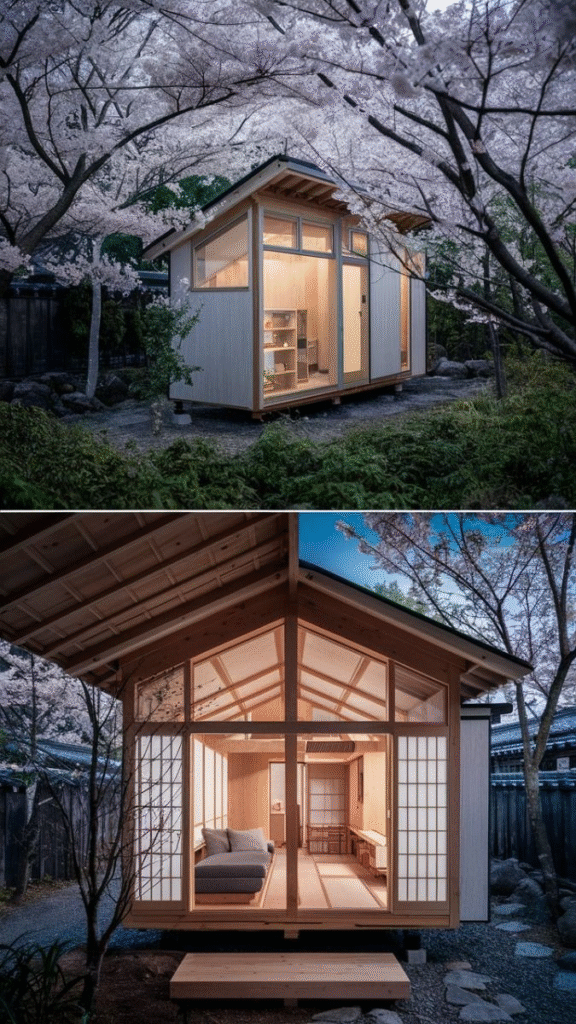
How AI Algorithms Power Tiny Home Interior Design
Space Optimization
Tiny homes demand hyper-efficient layouts—there’s simply no room for clutter. AI-powered tools analyze the dimensions, shape, and features of a room, then recommend optimal furniture placement to maximize usable areas. These algorithms run thousands of layout options in seconds, balancing aesthetics with practicality. From foldaway beds to built-in desks, AI suggests placements that would be hard to imagine on your own.
- Smart Furniture Layouts: Advanced AI room planning modules offer dozens of variations for placement, considering movement flow, light, and accessibility. Owners can experiment virtually, swapping pieces and instantly seeing results.
- Automated Interior Design: Platforms like Planner5D and RoomGPT use AI to generate custom designs based on space, lifestyle, lighting, and furniture dimensions, all tailored for maximal efficiency.
Modular and Transformative Design

AI has made modular, transforming furniture smarter and easier to use. Imagine a wardrobe that folds away or a bed that lifts into the wall automatically—AI can learn daily routines and reconfigure spaces accordingly.
- Adaptive Furniture: AI-enabled furniture reconfigures spaces based on time of day or user preferences. Mornings might see your living room transformed into a workspace, evenings back to a cozy lounge.
Personalization at Scale: From Mood Boards to Materials

3D Visualization and Augmented Reality
AI-driven apps allow users—both designers and homeowners—to see a virtual model of their space instantly. Upload a photo, and the app creates a realistic 3D visualization, letting you play with color, lighting, and layout in real time.
- AI Mood Boards: Rather than scrolling endlessly through Pinterest, AI analyzes your preferences (color, style, material) and generates tailored inspiration boards to kickstart your design process.
Style and Preference Selection
AI doesn’t just optimize space—it makes it yours. Owners can specify design styles, color schemes, furniture types, or even sustainability preferences, and the AI incorporates them into its design suggestions.
- Customization: Choose from predetermined options or enter custom preferences—even via voice—for a design that reflects your personality.
Material Selection and Sustainability
Eco-friendly design is a central value for many tiny home dwellers. AI models now evaluate thousands of materials, ranking them for environmental friendliness, cost, and aesthetics.
- Green Recommendations: Smart algorithms suggest sustainable materials—recycled wood, low-VOC paints, or energy-efficient fixtures—while tracking environmental impact through real-time data.
Smart Automation and Living Comfort
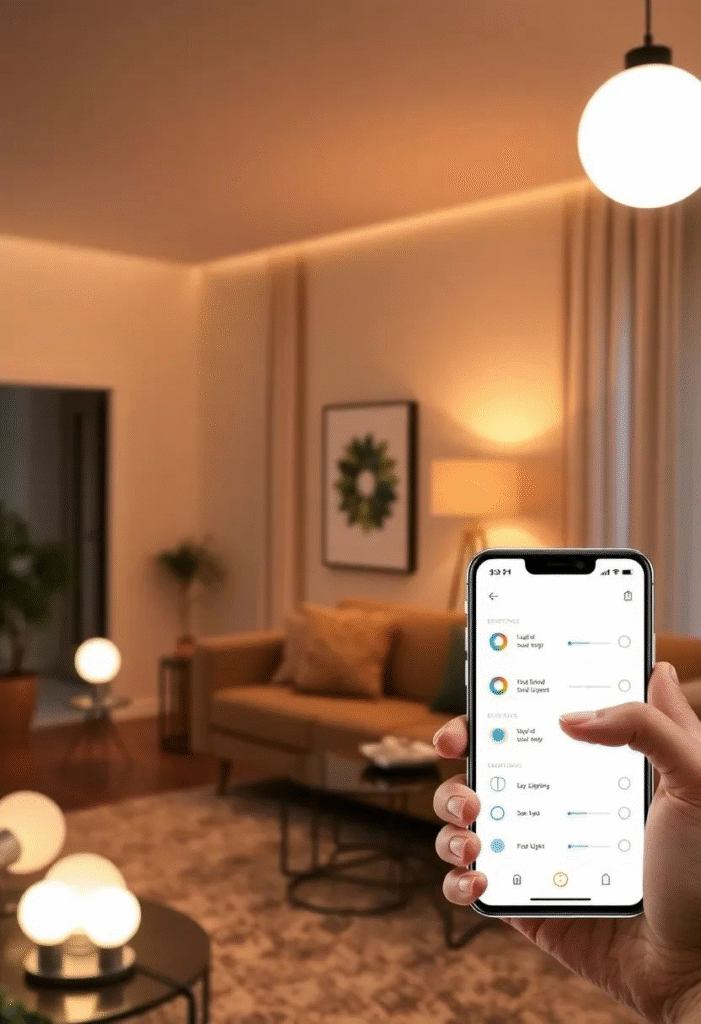
Climate Control and Environmental Sensing
Maintaining a comfortable temperature and clean air in a tiny space is difficult, but AI makes it seamless. Smart sensors track occupancy, weather, and time of day, automatically adjusting heating, cooling, and ventilation.
- Energy Optimization: AI-powered thermostats and lighting systems learn usage patterns and respond dynamically, ensuring efficient and comfortable living while minimizing energy use.
Integrated Home Automation
Voice-activated AI assistants can now manage entire tiny homes—controlling appliances, lighting, security, and entertainment without adding physical clutter. With tailored routines, your home’s ambience shifts smoothly from work to relaxing to sleep.
Predictive Maintenance: Avoiding Tiny Problems in Tiny Spaces
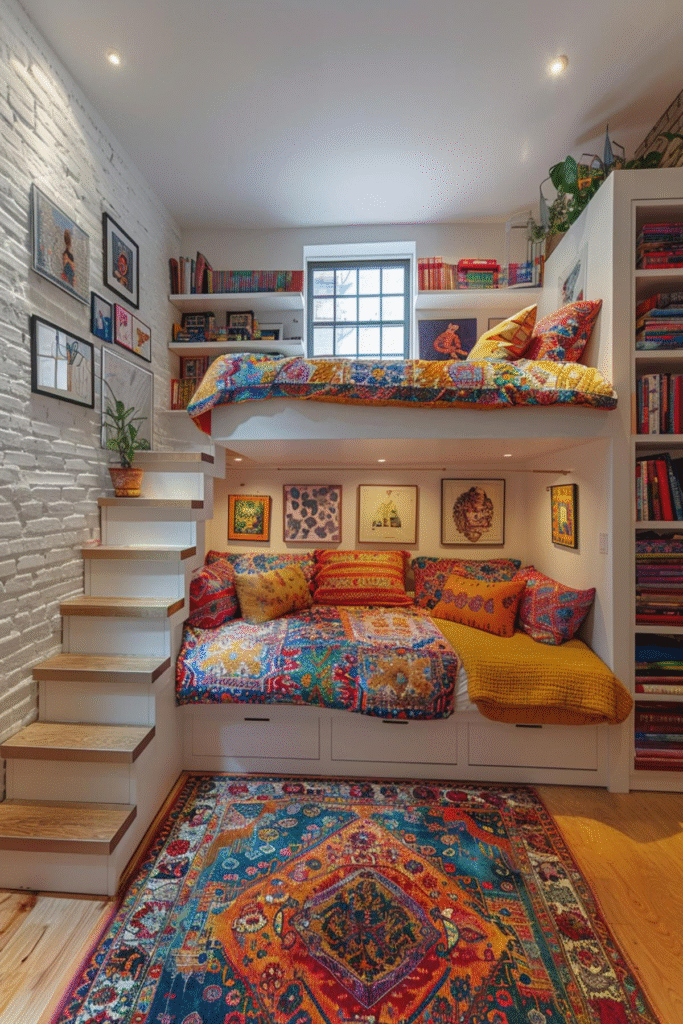
A breakdown in plumbing, electrical, or climate systems is never welcome—especially in compact quarters. AI’s predictive analytics constantly monitor home infrastructure and alert owners to potential issues before they escalate.
- Continuous Monitoring: Smart sensors detect unusual patterns (a leaky pipe, unsafe voltage drop) and prompt maintenance requests, preventing costly or inconvenient failures.
Shopping Made Easy: AI as a Personal Decor Shopper
No need to hunt for hours—AI now helps users shop for everything they see in their virtual designs. Apps identify decor or furniture in your chosen mockup and instantly provide curated purchase links, ensuring you get exactly what you imagine for your space.
- Global Furniture Finder: Want the lamp in your rendering? Click and buy. The system curates collections tailored to style and space, taking the guesswork out of transforming your vision into reality.
Empowering Professionals and DIY Enthusiasts Alike
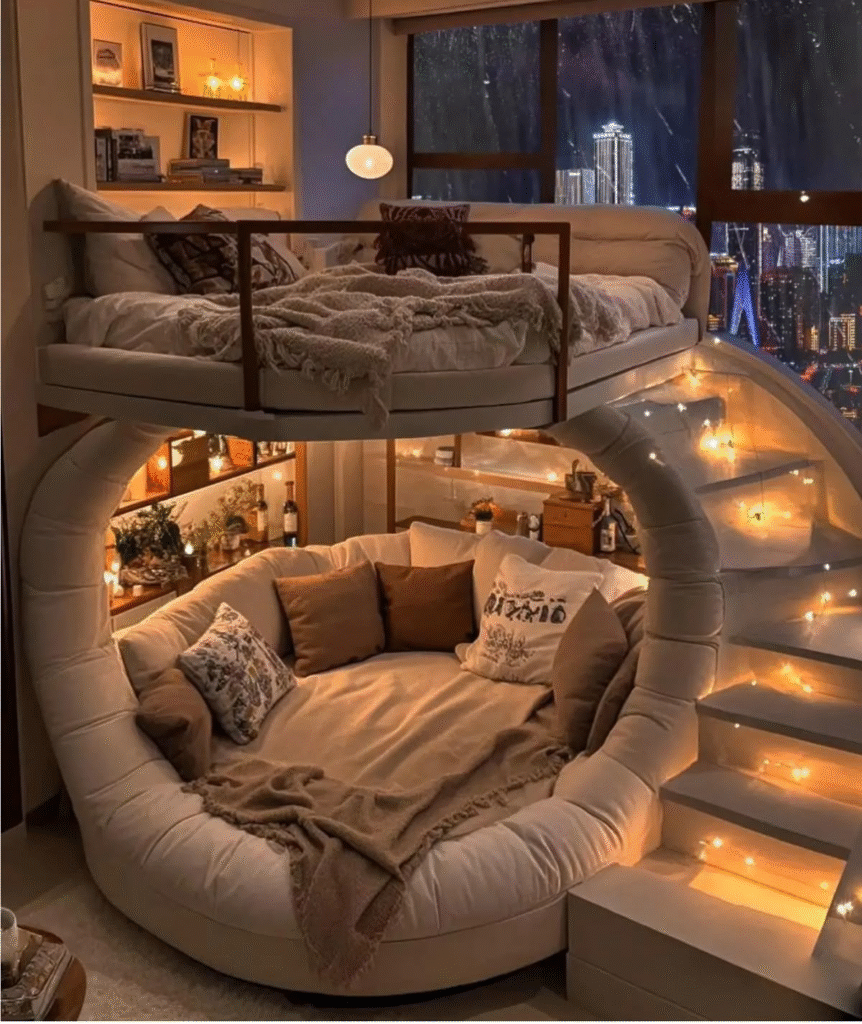
AI’s interface and tools aren’t just for techies or designers—they’re built for everyone.
- Virtual Room Modeling: Even a beginner can create, rotate, and refine a 3D room using user-friendly apps with drag-and-drop features.
- Budget Tracking: AI helps manage both style and spending, offering cost-effective alternatives and keeping reno projects on track.
- Seamless Collaboration: Share designs with contractors, get professional feedback, or iterate with co-owners—all through integrated, collaborative platforms.
The Human Touch: AI + Creativity = Dream Tiny Home
Despite AI’s power, the process remains deeply personal. AI offers options—you choose your narrative. Whether you crave minimalism or maximalism, rustic charm or futuristic flair, algorithm-driven decor is guided by your vision.
- Design Evolution: AI learns from user feedback and evolves its suggestions, ensuring your home grows with you over time.
- User-Centric Focus: From environmental psychology to intuitive UX, the best AI design platforms make the process not just efficient—but delightful.
The Future: Tiny Home Interiors, Algorithmically Perfected
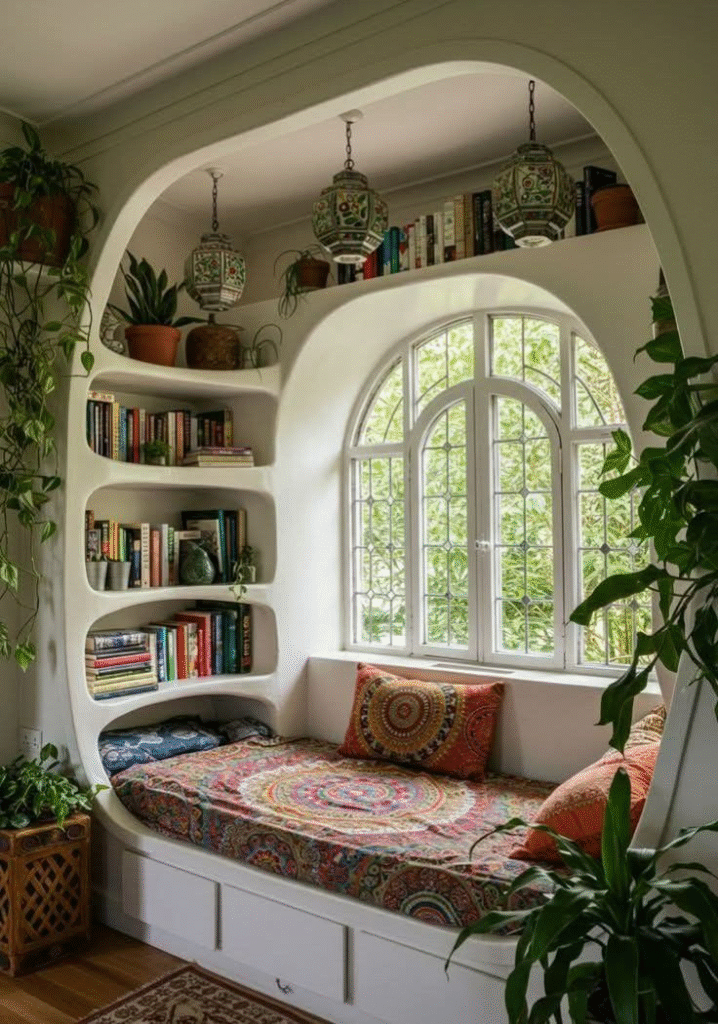
Algorithm-driven decor is only beginning to shape tiny home living. The next frontier may integrate AI with augmented reality, holographic overlays, and even robotics—blurring the line between digital and physical space.
- AI-Powered Community: Imagine sharing designs and learning from a global network of tiny dwellers, all connected and optimized by smart algorithms.
- Hyper-Personalized Spaces: Homes that adapt in real time to mood, weather, and activity—where the walls, lights, and even smell can shift on demand.
Conclusion: Life, Tailored by Algorithms
Tiny homes encapsulate a new way to live—streamlined, sustainable, and utterly personal. Now, with the intelligence of clever algorithms, personalization is not a luxury but a standard. AI-driven design combines efficiency, beauty, and comfort for spaces that mirror the people who inhabit them. As artificial intelligence becomes more deeply woven into the fabric of interior design, expect tiny homes to feel bigger, brighter, and more uniquely yours than ever before.
Algorithm-driven decor isn’t just transforming spaces—it’s transforming lifestyles.
Written by Mishul Gupta
